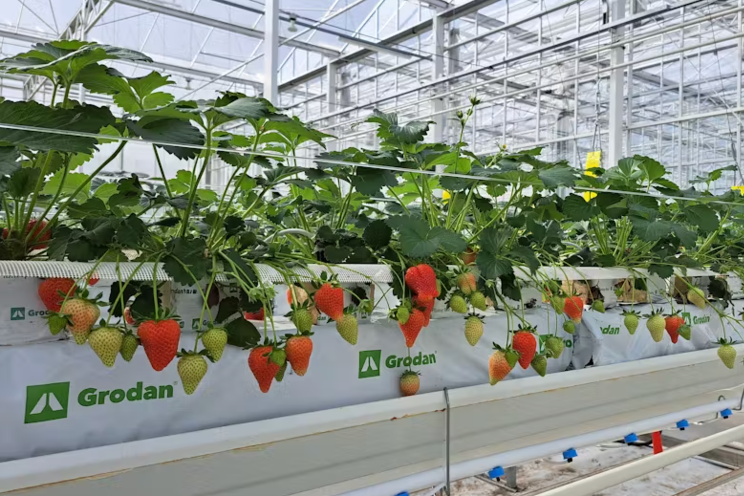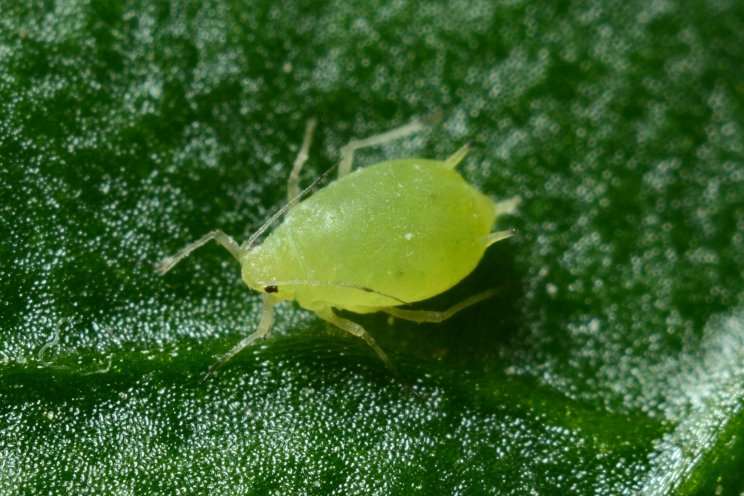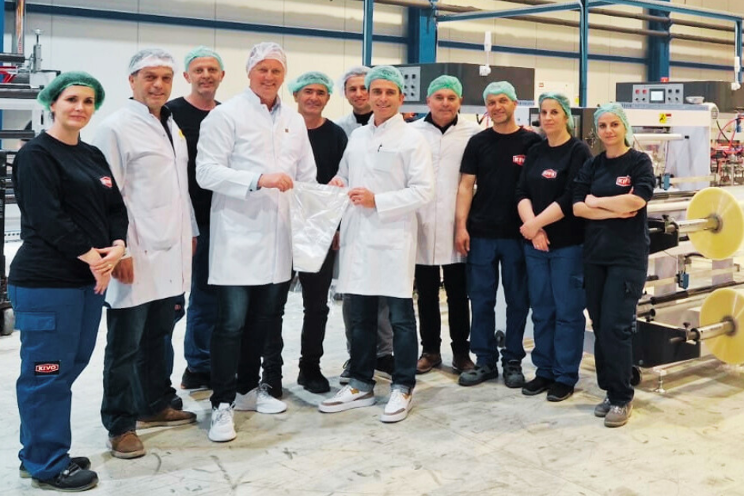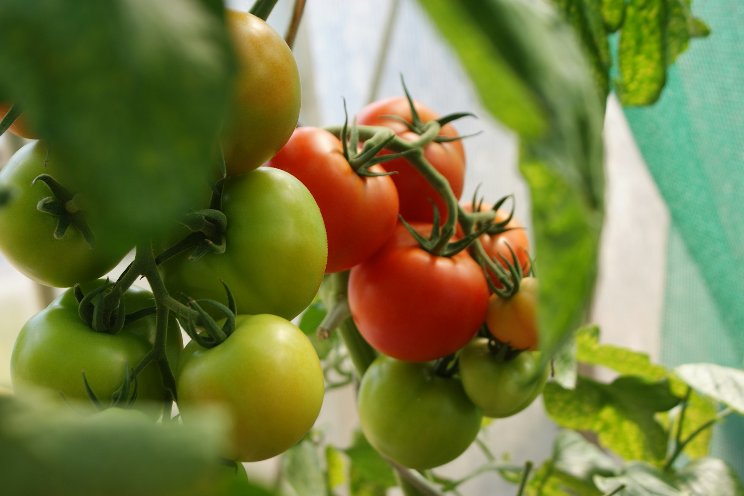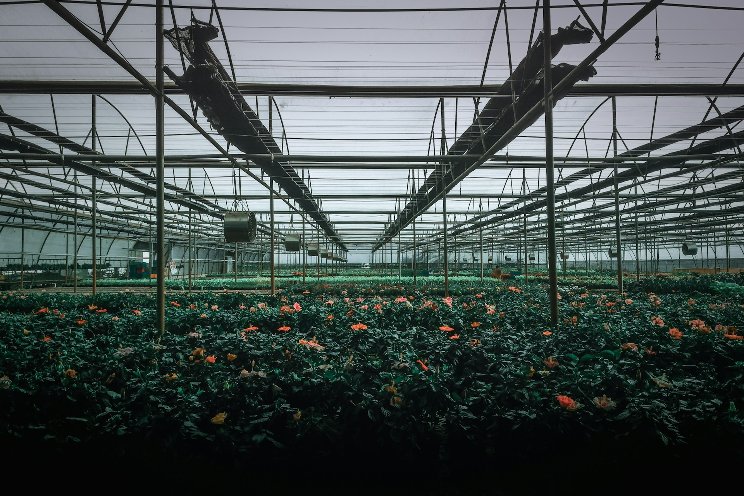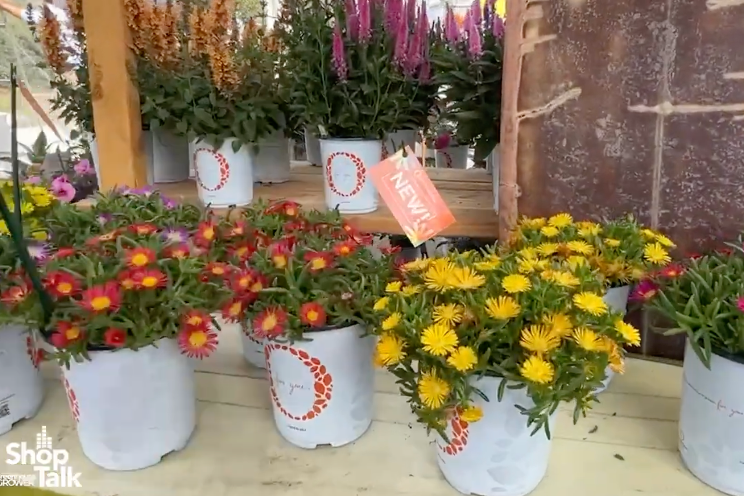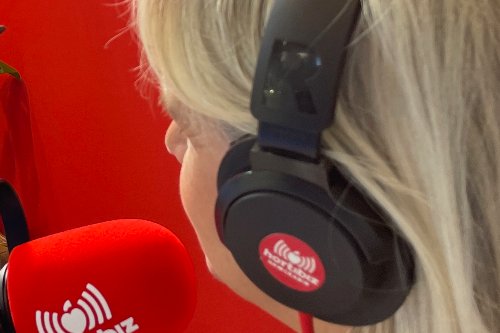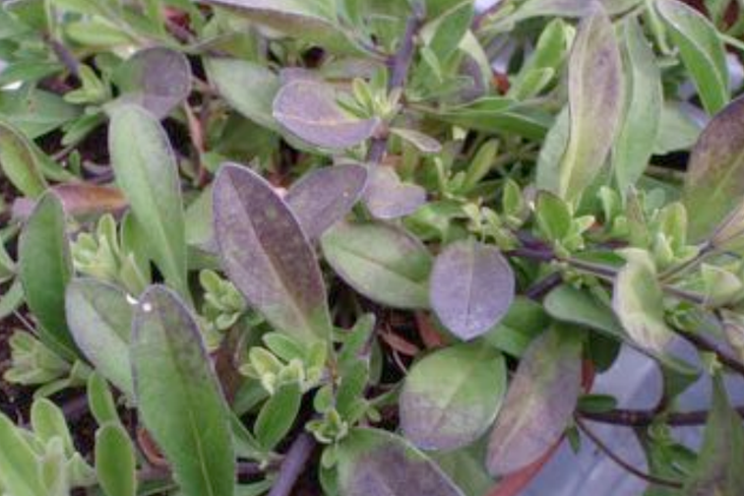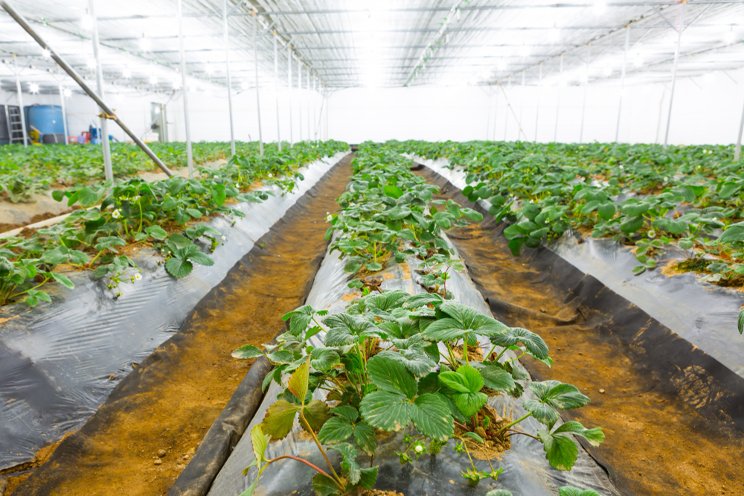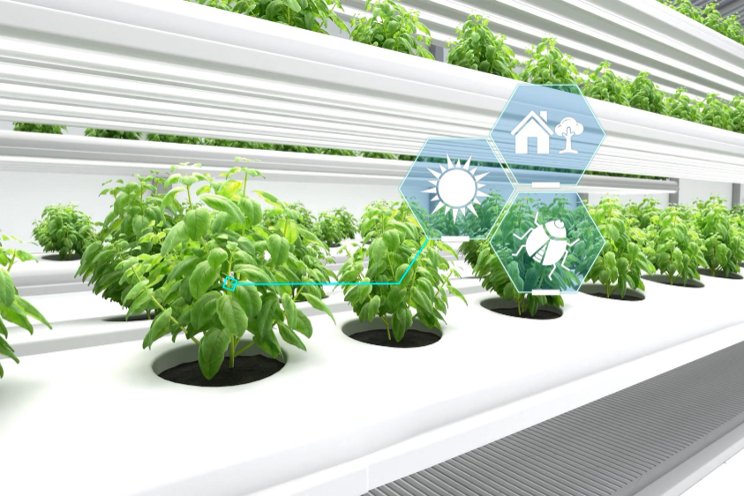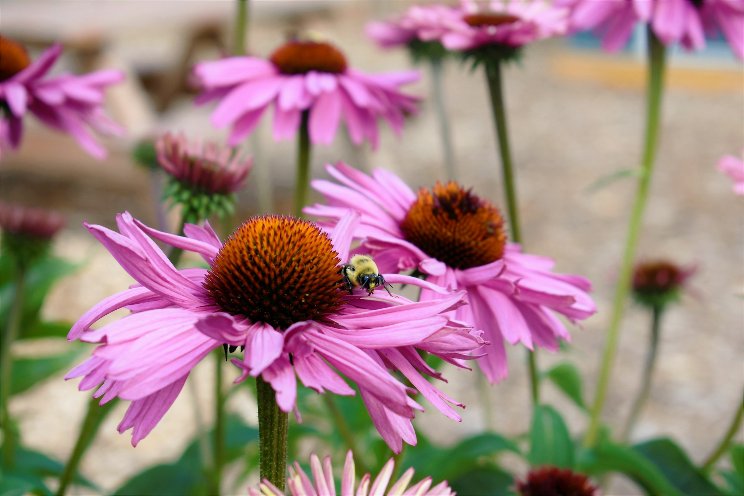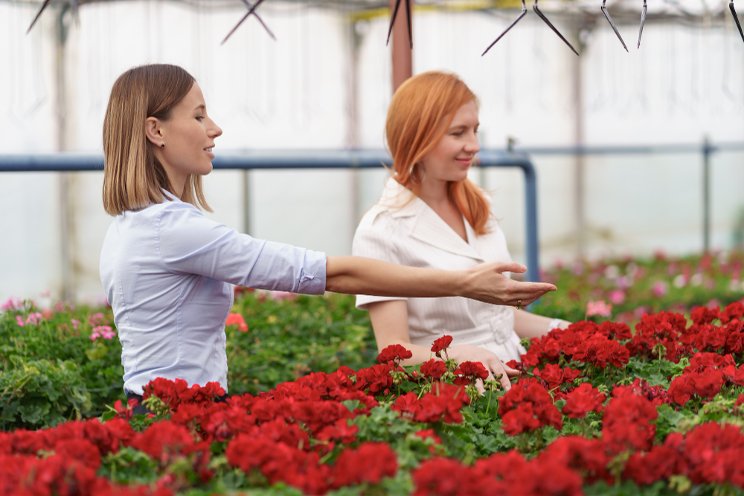Determining how to irrigate
Added on 20 June 2022
"The person holding the hose has the most important job in a greenhouse."
Yes, that is hyperbolic. However, there is a fair amount of truth in that statement. Irrigating greenhouse crops, whether by hand or automated, is one of the most important responsibilities, even if the act itself may seem mundane. One of the biggest challenges to irrigating greenhouse crops is determining when irrigation is required. Over- and under-watering crops each result in a different set of problems, but both are detrimental to crop quality. This article will cover how to approach making the determination to irrigate greenhouse crops.
On a schedule
The most rudimentary approach to irrigation is on a schedule.
Yes, it may be easy to remember, and it can also make scheduling labor and tasks more straightforward. However, the fundamental flaw to irrigating on a schedule is that it does not take a biological approach to growing plants.
Watering on Monday and then Wednesday — regardless of what happened on Tuesday — does not take into account the myriad of variables that affect water uptake and, subsequently, irrigation needs. These include, but are not limited to, the daily and seasonal fluctuations in crop age/size and growth stage, light, temperature and humidity.
Ultimately, irrigation is based on how much plants are using or taking up water, which can be directly related to transpiration, and the amount of water available in substrate. When crops are younger and smaller, there is less water uptake compared to when crops grow larger, since transpiration increases with the more numerous and larger leaves. Warmer air temperatures, higher light intensities and lower humidity promote transpiration and water uptake, whereas cooler air temperatures, lower light intensities and higher humidity reduces transpiration and water uptake. Taking a more dynamic approach to determining when to irrigate matches the dynamic nature of plants and the environment they are grown in.
Photo created by prostooleh - www.freepik.com
Source: Greenhouse Management
More news
